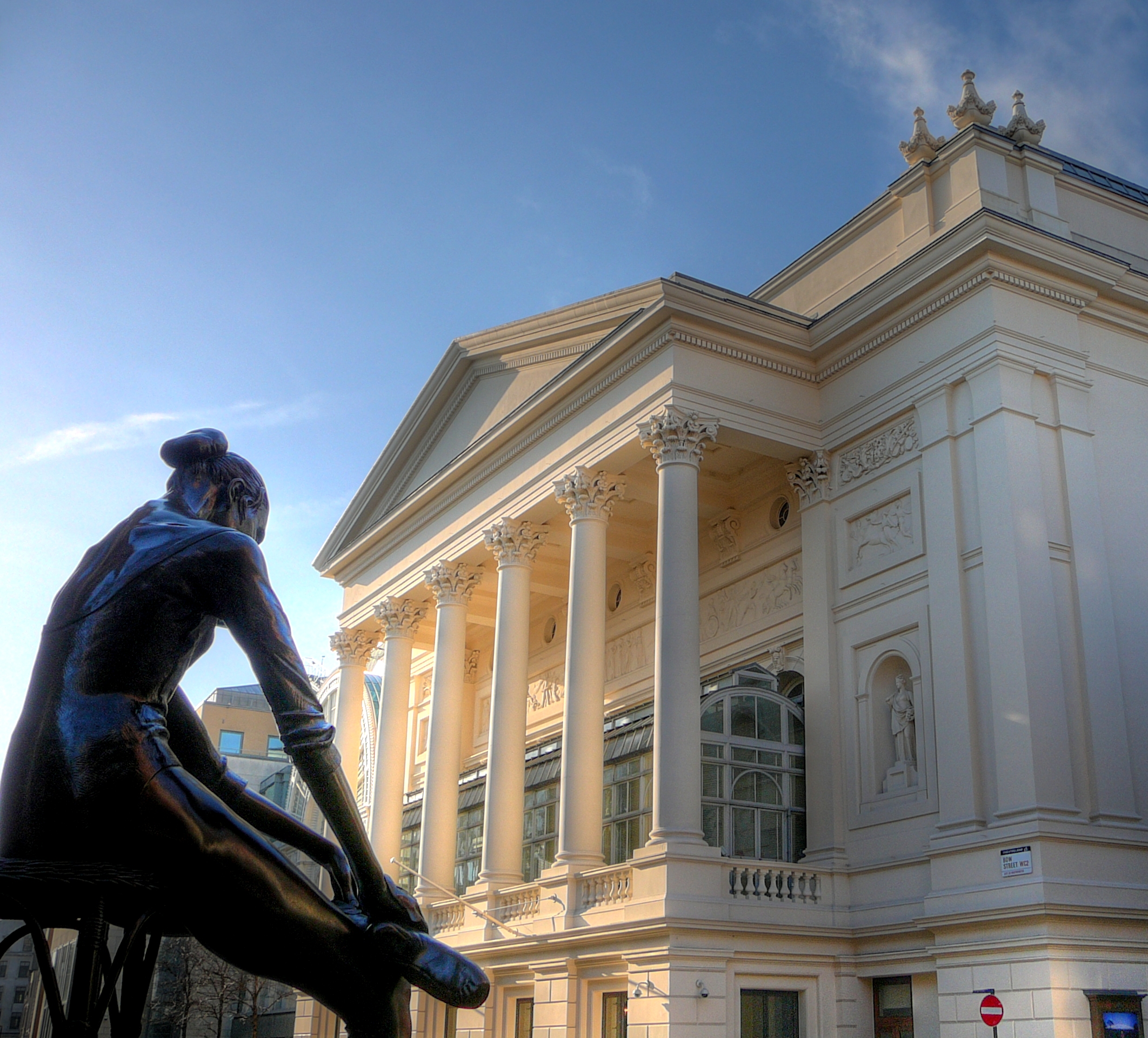|
Chozen-ji
Daihonzan Chozen-ji (大本山超禅寺) is a Rinzai Zen temple located in Kalihi Valley on the island of Oahu in Hawaii. It was established in 1972 by Omori Sogen and Tenshin Tanouye. History In 1970 Omori Sogen and Tenshin Tanouye met in Japan. Tanouye, a music teacher at Farrington High School, trained with Sogen in Japan during summer vacations. Together they established the framework for Chozen-ji and its unique perspective on Zen, combining meditation, martial arts, and fine art. In 1976 Chozen-ji moved to its current location in the back of Kalihi Valley. In 1979 Omori Sogen established Chozen-ji as a Daihonzan, the main temple and headquarters of a new line of Zen. This made Chozen-ji the "first Rinzai headquarters temple established outside of Japan." The temple has been popular among Hawaii's business and political elites, as well as welcoming people from all walks of life and religious affiliations. Training approach Spiritual training at Chozen-ji is integrat ... [...More Info...] [...Related Items...] OR: [Wikipedia] [Google] [Baidu] |
Omori Sogen
was a Japanese Rinzai Rōshi, a successor in the Tenryū-ji line of Rinzai Zen, and former president of Hanazono University, the Rinzai university in Kyoto, Japan. He became a priest in 1945. Biography Ōmori Sōgen was a teacher of Kashima Shinden Jikishinkage-ryū swordsmanship,Jiki Shinkage-ryū Kenjutsu with Ōmori Sōgen. Japan, Nihon Kobudo series, filmed during the 1970s by the Japanese Ministry of Education in a series on many of the traditional koryū. DVD, 2005. and a calligrapher in the Taishi school of Yamaoka Tesshū. He became well known for his unique approach to |
Rinzai
The Rinzai school (, zh, t=臨濟宗, s=临济宗, p=Línjì zōng), named after Linji Yixuan (Romaji: Rinzai Gigen, died 866 CE) is one of three sects of Zen in Japanese Buddhism, along with Sōtō and Ōbaku. The Chinese Linji school of Chan Buddhism was first transmitted to Japan by Myōan Eisai (1141 –1215). Contemporary Japanese Rinzai is derived entirely from the Ōtōkan lineage transmitted through Hakuin Ekaku (1686–1769), who is a major figure in the revival of the Rinzai tradition. History Rinzai is the Japanese line of the Chinese Linji school of Chan Buddhism, which was founded during the Tang dynasty by Linji Yixuan (Japanese: Rinzai Gigen). Kamakura period (1185–1333) Though there were several attempts to establish Rinzai lines in Japan, it first took root in a lasting way through the efforts of the monk Myōan Eisai. In 1168, Myōan Eisai traveled to China, where he studied Tendai for twenty years. In 1187, he went to China again, and returne ... [...More Info...] [...Related Items...] OR: [Wikipedia] [Google] [Baidu] |
United States
The United States of America (USA), also known as the United States (U.S.) or America, is a country primarily located in North America. It is a federal republic of 50 U.S. state, states and a federal capital district, Washington, D.C. The 48 contiguous states border Canada to the north and Mexico to the south, with the semi-exclave of Alaska in the northwest and the archipelago of Hawaii in the Pacific Ocean. The United States asserts sovereignty over five Territories of the United States, major island territories and United States Minor Outlying Islands, various uninhabited islands in Oceania and the Caribbean. It is a megadiverse country, with the world's List of countries and dependencies by area, third-largest land area and List of countries and dependencies by population, third-largest population, exceeding 340 million. Its three Metropolitan statistical areas by population, largest metropolitan areas are New York metropolitan area, New York, Greater Los Angeles, Los Angel ... [...More Info...] [...Related Items...] OR: [Wikipedia] [Google] [Baidu] |
Kalihi Valley
Kalihi is a neighborhood of Honolulu on the island of Oʻahu in Hawaiʻi, United States. Split by Likelike Highway (Route 63), it is flanked by Liliha, Chinatown, and Downtown Honolulu to the east and Mapunapuna, Moanalua, and Salt Lake to the west. Kalihi is the name of the '' ahupuaʻa'' (ancient land division) between Kahauiki and Kapālama in the Kona (now Honolulu) district of Oʻahu. The ahupuaʻa consists of Kalihi Uka, Kalihi Waena, and Kalihi Kai. Historically, Kalihi Kai was the site of the former Leprosy Receiving Station, where those suspected of leprosy were examined prior to treatment or being sent to Kalaupapa on the island of Molokaʻi. Kalihi was also known for its fishponds – ʻĀpili, Pahouiki, Pahounui, ʻAuiki, and Ananoho – near the present Sand Island Access Road (Route 64) which have since all been filled in. The harbormaster of Kamehameha I, Captain Alexander Adams, maintained a residence near the ʻĀpili pond. The neighborhood's name com ... [...More Info...] [...Related Items...] OR: [Wikipedia] [Google] [Baidu] |
Oahu
Oahu (, , sometimes written Oahu) is the third-largest and most populated island of the Hawaiian Islands and of the U.S. state of Hawaii. The state capital, Honolulu, is on Oahu's southeast coast. The island of Oahu and the uninhabited Northwestern Hawaiian Islands constitute the City and County of Honolulu, Hawaii, City and County of Honolulu. In 2021, Oahu had a population of 995,638, up from 953,207 in 2010 (approximately 70% of the total 1,455,271 population of the Hawaiian Islands, with approximately 81% of those living in or near the Honolulu urban area). Oahu is long and across. Its shoreline is long. Including small associated islands such as Ford Island plus those in Kāneohe Bay and off the eastern (windward and leeward, windward) coast, its area is , making it the List of islands of the United States by area, 20th-largest island in the United States. Well-known features of Oahu include Waikīkī, Pearl Harbor, Diamond Head, Hawaii, Diamond Head, Hanauma Bay, Kān ... [...More Info...] [...Related Items...] OR: [Wikipedia] [Google] [Baidu] |
Farrington High School
Governor Wallace Rider Farrington High School is a public secondary school (grades 9-12) located in the Kalihi district of Honolulu on the island of Oahu, Hawaii. The school is part of the Farrington-Kaiser-Kalani Complex Area of the Honolulu District of the Hawaii State Department of Education, and is named after the late Wallace Rider Farrington, the sixth governor of the Territory of Hawaii, who served from 1921 to 1929. The school's team name is the Governors. Farrington provides career pathways for its students through several integrated vocational programs, which are provided through career academies. This includes a health academy, a business academy, and a creative arts academy that were nationally recognized for excellence. Academics The school utilizes a wall-to-wall career academy structure. Each academy has Career and Technical education pathways. The school offers six academies, with five of them being certified by the National Academy Career Coalition. The ... [...More Info...] [...Related Items...] OR: [Wikipedia] [Google] [Baidu] |
Martial Arts
Martial arts are codified systems and traditions of combat practiced for a number of reasons such as self-defence; military and law enforcement applications; combat sport, competition; physical, mental, and spiritual development; entertainment; and the preservation of a nation's intangible cultural heritage. The concept of martial arts was originally associated with East Asian tradition, but subsequently the term has been applied to practices that originated outside that region. Etymology "Martial arts" is a direct English translation of the Sino-Japanese word (, ). Literally, it refers to "武 martial" and "芸 arts". The term ''martial arts'' was popularized by mainstream popular culture during the 1960s to 1970s, notably by Hong Kong action cinema, Hong Kong martial arts films (most famously those of Bruce Lee) during the so-called "chopsocky" wave of the early 1970s. According to John Clements, the term '':wikt:martial art, martial arts'' itself is derived from an older ... [...More Info...] [...Related Items...] OR: [Wikipedia] [Google] [Baidu] |
Fine Art
In European academic traditions, fine art (or, fine arts) is made primarily for aesthetics or creative expression, distinguishing it from popular art, decorative art or applied art, which also either serve some practical function (such as pottery or most metalwork) or is generally of limited artistic quality in order to appeal to the masses. In the aesthetic theories developed in the Italian Renaissance, the highest art was that which allowed the full expression and display of the artist's imagination, unrestricted by any of the practical considerations involved in, say, making and decorating a teapot. It was also considered important that making the artwork did not involve dividing the work between different individuals with specialized skills, as might be necessary with a piece of furniture, for example. Even within the fine arts, there was a hierarchy of genres based on the amount of creative imagination required, with history painting placed higher than still life. ... [...More Info...] [...Related Items...] OR: [Wikipedia] [Google] [Baidu] |
Kiai
In Japanese martial arts a is a short shout uttered when performing an assault. Traditional Japanese dojo generally uses single syllables beginning with a vowel. The practice has become a part of Asian martial arts in popular culture, especially in martial arts films, in writing often rendered in variants such as ''Hi-yah!'', ''Aiyah!'', ''Eeee-yah!'' or ''Hyah!''. A ''kiai'' is usually not the word "''kiai''" itself. Etymology The term is a compound of '' ki'' (), meaning "energy" or "mood" and ''a(u)'' (, infinitive ''ai''), an emphatic marker. The same concept is known as ''kihap'' in many Korean martial arts, such as taekwondo and Tang Soo Do, ''ki'' being the ''energy'' and ''hap'' meaning ''to join'', ''to harmonize'' or ''to amplify'', based on the Korean reading of the same characters; its Hangul spelling is 기합. In the board game '' Go'', the term describes fighting spirit. Use in martial arts Students of Japanese martial arts such as aikido, karate ... [...More Info...] [...Related Items...] OR: [Wikipedia] [Google] [Baidu] |
Zazen
''Zazen'' is a meditative discipline that is typically the primary practice of the Zen Buddhist tradition. The generalized Japanese term for meditation is 瞑想 (''meisō''); however, ''zazen'' has been used informally to include all forms of seated Buddhist meditation. The term ''zuòchán'' can be found in early Chinese Buddhist sources, such as the Dhyāna sutras. For example, the famous translator Kumārajīva (344–413) translated a work termed ''Zuòchán sān mēi jīng'' (''A'' ''Manual on the Samādhi of Sitting Meditation'') and the Chinese Tiantai master Zhiyi (538–597 CE) wrote some very influential works on sitting meditation. The meaning and method of zazen varies from school to school, but in general it is a quiet type of Buddhist meditation done in a sitting posture like the lotus position. The practice can be done with various methods, such as following the breath (anapanasati), mentally repeating a phrase (which could be a koan, a mantra, a huato ... [...More Info...] [...Related Items...] OR: [Wikipedia] [Google] [Baidu] |




